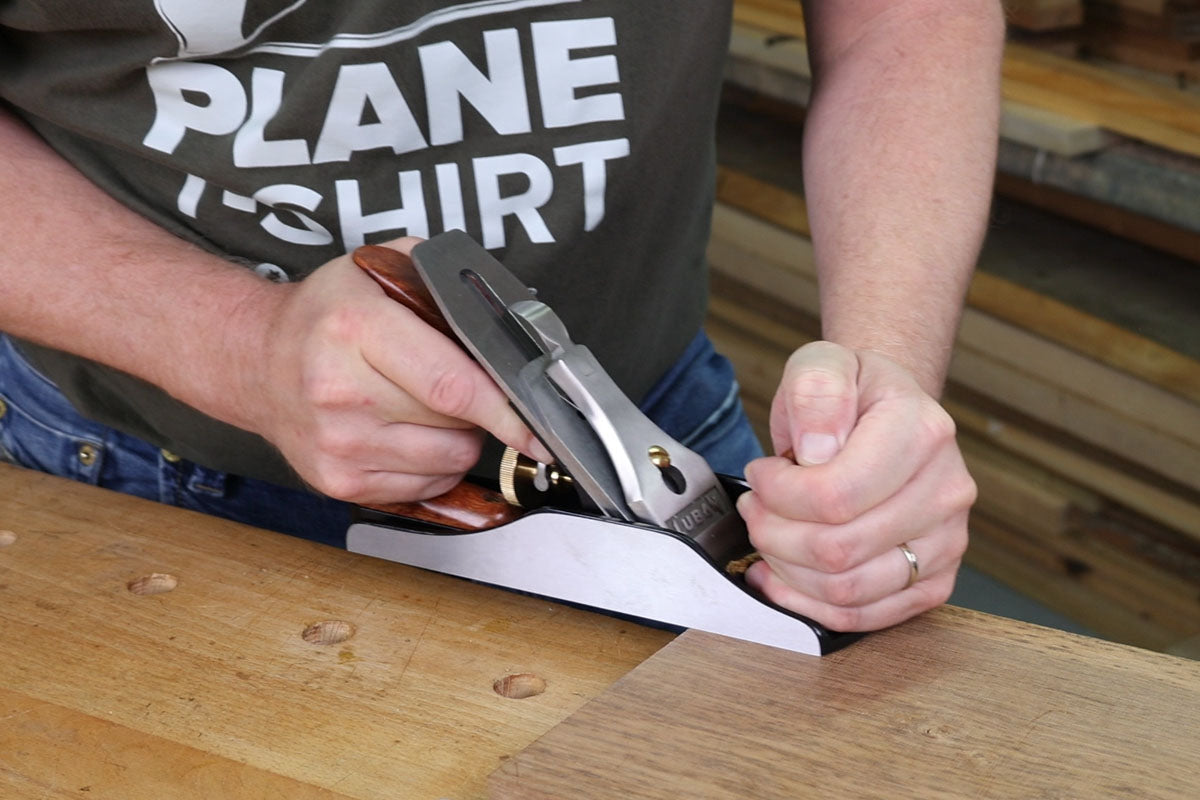A quality hand plane is essential for fine woodworking. This guide helps you choose the right one for your projects with confidence and precision.
Darin Lawrence, Woodcraft Director of Product Development
A Hand Plane is a specialised tool designed to hold a sharpened blade to accomplish a specific woodworking task. It is usually pushed or pulled along a surface to cut or smooth a piece of wood. Prior to the introduction of motorised power tools, hand planes were needed to bridge the gap between rough lumber and finished projects.
Hand planes definitely have a place in a modern woodworker’s arsenal. When working large projects, it’s hard to compete with the speed and accuracy of power tools such as jointer or planer. However, properly tuned hand planes can give you superior results when it comes to smoothing and other fine work. Using hand tools in conjunction with power tools is an advisable strategy to follow for most of your woodworking projects.Hand plane types are grouped based around their specific function.
Block Plane
The Block Plane is one of the handiest tools to have in any shop. It is usually a compact smaller format that easily fits the hand. Block Plane widths are generally <1-1/2", and the blade is set in the tool with the bevel side up.
Standard Block Panes are bedded at 20° angle. When combined with a blade that has a 25° sharpened bevel, the included angle is 45°. This is the best for most general purpose tasks.
Low angle Block Planes are bedded at a 12° angle. When combined with a blade with a 25° sharpened bevel, the included angle is 37°. This lower angle is better for difficult grain and planing end grain.Uses - General use around the shop and in the field:
- Smooth milling marks
- Chamfer or ease sharp edges
- Smooth end grain
- Fit parts like doors
- Square up smaller stock
Bench Plane
Longer Bench Planes are generally used for straightening wood; shorter ones are usually used for smoothing.
Smoothing Planes
- #1, #3, #4, #4-1/2
- Shorter beds allow you to smooth areas
Jack Planes
- #5, #5-1/2 and low angle Jack
- Short enough to smooth but long enough for jointing some projects
Fore Plane
- #6,
- At 14" to 18", its length is between a Jack and a Jointer
Jointer Plane
- 7, #8
- Longer beds are suitable to joint or flatten longer edges or surfaces
As you see, there are many options when choosing a hand plane, but here is the best place to start; Block Plane, #4 Smoother, and #5 Jack Plane
Sharpening
Learning to sharpen your hand plane is essential to consistently getting the results needed for enjoyable and accurate woodworking.

